The map above shows the all of the solid surfaces in our solar system stitched together into one giant map.
It excludes gas giants, such as Jupiter, since they do not have any solid land but includes moons, asteroids, comets, etc.
In alphabetical order, surface areas included are:
- All Human Skin
- Ariel
- Asteroids (1km+)
- Asteroids (100m+)
- Callisto
- Ceres
- Charon
- Dione
- Earth
- Enceladus
- Eris
- Europa
- Ganymede
- Haumea
- Iapetus
- Io
- Makemake
- Mars
- Mercury
- Miranda
- Oberon
- Pluto
- Rhea
- Tethys
- The Moon
- Titania
- Triton
- Umbriel
- Various small moons, comets, etc.
- Venus
- Vesta
To support more maps like this, why not buy one of Randall Munroe’s books: Thing Explainer: Complicated Stuff in Simple Words, What If?: Serious Scientific Answers to Absurd Hypothetical Questions, and/or xkcd: volume 0.
To learn more about our solar system have a look at the following books:
- Solar System: A Visual Exploration of All the Planets, Moons and Other Heavenly Bodies that Orbit Our Sun
- 13 Planets: The Latest View of the Solar System (National Geographic Kids)
- There’s No Place Like Space: All About Our Solar System (Cat in the Hat’s Learning Library)
Enjoy this map? Please help us by sharing it:

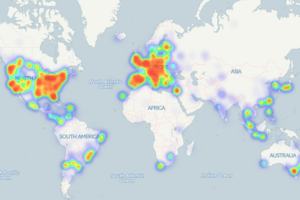
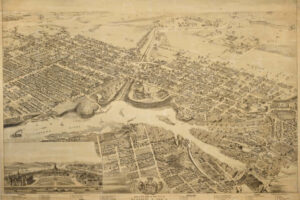
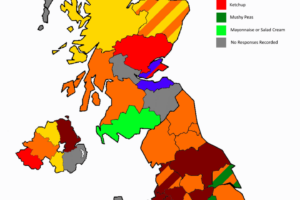
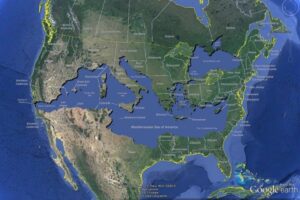
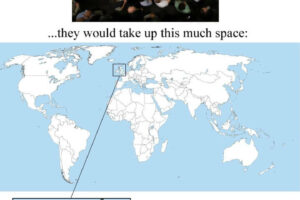
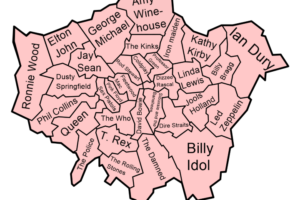
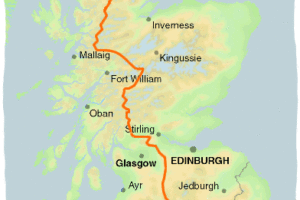
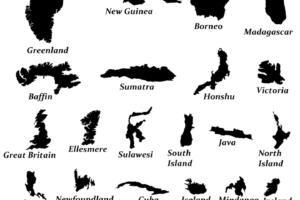
Voltaire says
Where are Jupiter and Neptune?
jtr says
Jupiter’s surface is liquid hydrogen (not solid). Neptune’s surface is water and ice. This is excluding gases, of course.
nobody says
The oceans of Earth are on the map and they are not solid, so why isn’t Neptune’s water and ice on the map.
Mo says
Because the ocean floor is solid.
Robert says
Jupiter surface is actually a metallic substance and is not a gas too much pressure for that. And more than likely a Rocky core.